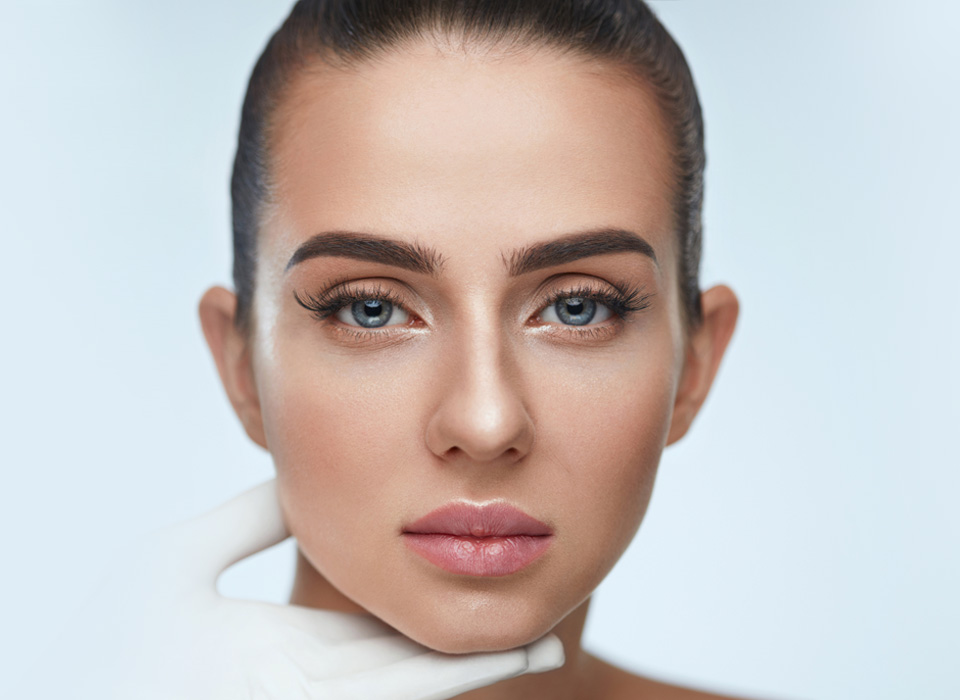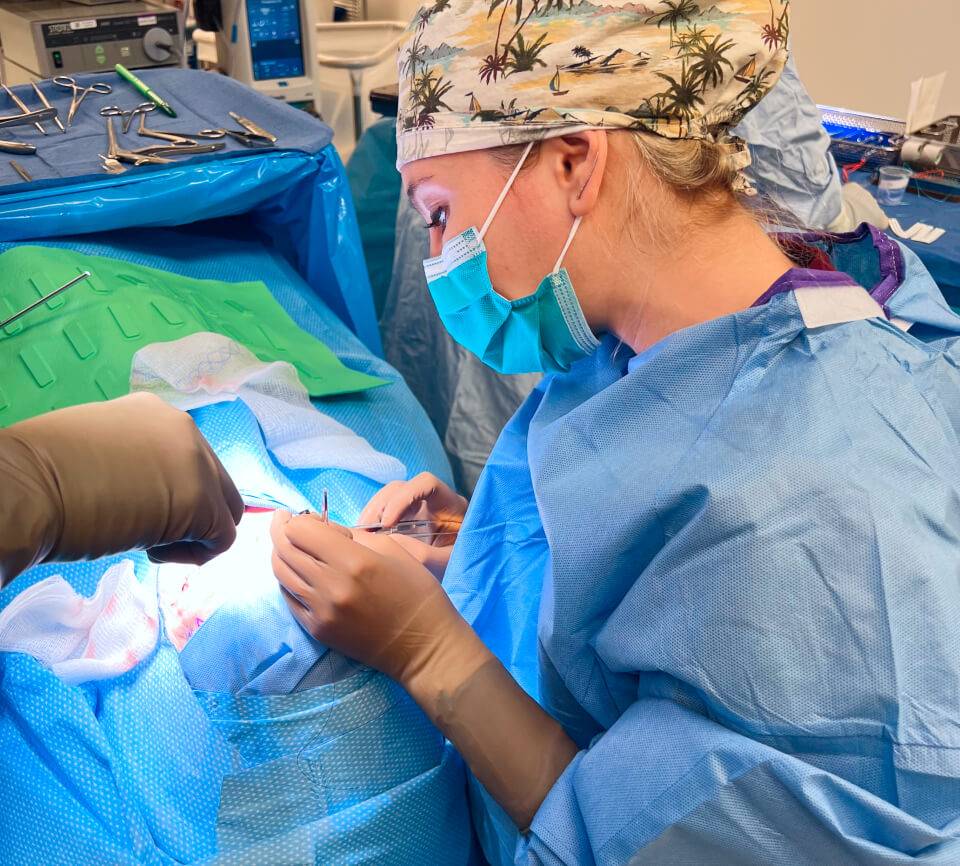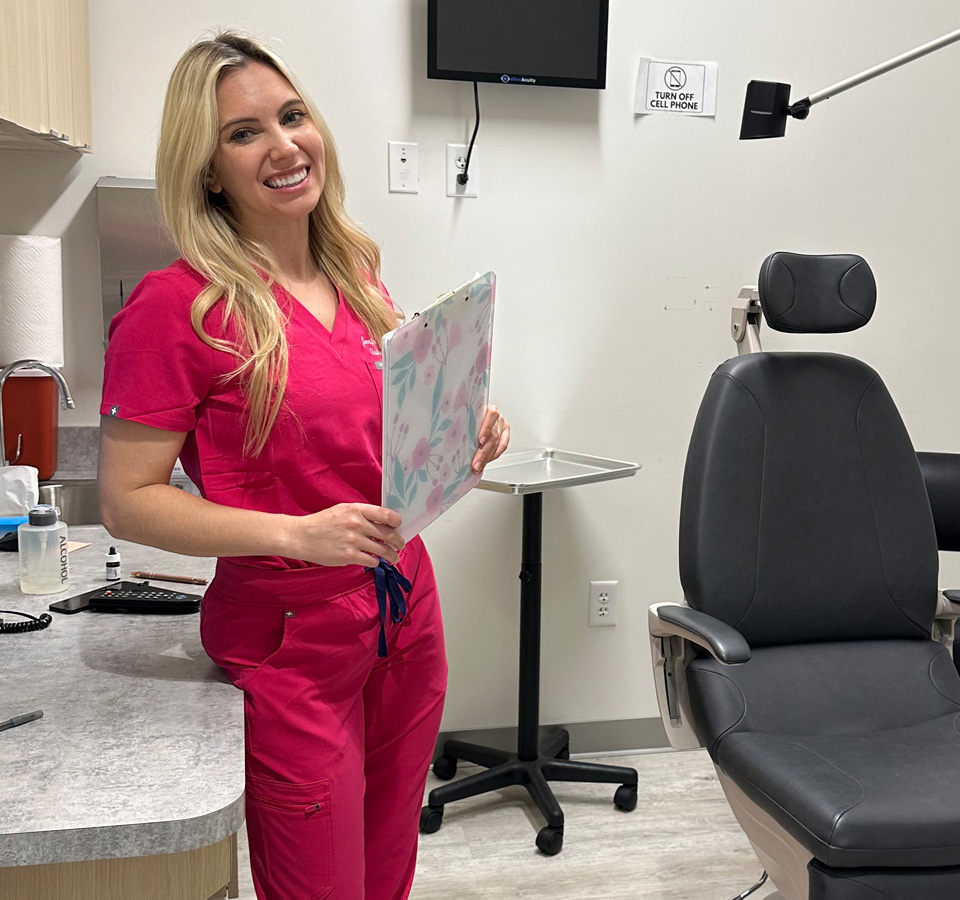Lower Blepharoplasty


Lower blepharoplasty is a popular surgical procedure aimed at enhancing the aesthetic appearance of the lower eyelids. Many people are bothered by the appearance of saggy skin under the eyes, dark circles, or lower eyelid bags. These signs of aging can contribute to a tired appearance or the feeling of looking older. Dr. Jennifer Murdock is an eyelid specialist who performs this very delicate procedure, lower eyelid blepharoplasty, which requires immense experience, skill, and knowledge

Lower eyelid blepharoplasty is a surgical procedure designed to remove and reposition aging tissue of the lower eyelid, including the skin, muscle, and fat. A lower eyelid blepharoplasty can be performed applying many different techniques, all to individualize the specific surgery to each unique patient’s needs. The main objectives of surgery are to reduce puffiness, remove under-eye bags, tighten loose or sagging skin, and improve overall eye appearance. Dr. Murdock is a board-certified surgeon who customizes each lower blepharoplasty to provide the best results possible for each person.
Skin: Excess skin can be cut out with a small incision just beneath the lashes (subciliary). Dr. Murdock may also use laser resurfacing or laser micro-coring to tighten the eyelid skin, improve texture, and diminish the appearance of fine lines.
Muscle: Lax or loose muscle can cause eyelid malposition and descent of tissues with gravity. Tightening of the eyelid muscles and lifting of the eyelid and upper cheek tissues can provide additional rejuvenation and function to the eyelids.
Fat: Fat that usually cushions the eye within the orbit can prolapse down into the lower eyelids, contributing to under eye bags. Surgery involves removing excess fat and repositioning this fat in the hollow areas under the eyes and around the tear troughs. Fat repositioning can be addressed by an incision on the inside of the eyelid that cannot be seen after surgery.
Anesthesia: In the office, Dr. Murdock will provide oral medications to help with patient comfort. Local anesthesia is administered to completely numb the area so that nothing during surgery is felt. At the surgery center, an anesthesiologist is present to administer IV sedation or general anesthesia.
Creating an incision: As a board-certified surgeon, Dr. Murdock minimizes the appearance of any incisions, so that all scars are completely hidden once fully healed.
Tissue repositioning: Excess fat, muscle, and skin are all placed in the proper position to create a more youthful appearance of the eyelid.
Closure: If needed, tiny sutures are placed to close all incisions and secure fat repositioning.
Post-op care: Cold compresses will begin right away with premade baggies of frozen peas, since these mold to the shape of the eye socket best. The more cold compresses that are used during the first 48 hours, the better and faster the recovery will be.

12750 NW 17th St, #226
Miami, FL 33182
601 N Federal Hwy, Suite 411
Hallandale Beach, FL 33009
Call: 305-315-5577
